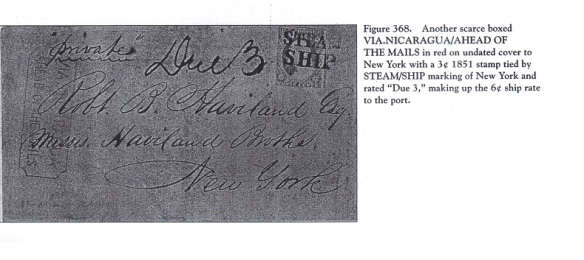167 years ago, in the year of 1848 a rich, but dubious Swiss American lost all his fortune. The Emperor of California, prosecuted by Swiss authorities for bankruptcy fraud, who immigrated to Mexican California, leaving wife and children in care of public welfare with the  Swiss authorities, had to watch helplessly as thousands of immigrants occupying his enormous estate in the Sacramento Valley.
Swiss authorities, had to watch helplessly as thousands of immigrants occupying his enormous estate in the Sacramento Valley.
Two things had happened: As a result of the Mexican American war, Gods own people, one hand on the bible the other and the other hand on the gun, got sovereignty over the Mexican possessions in California, and on Sutter’s Land enormous gold reservoirs have been discovered. Thousands of Americans, living on the East Coast, who wanted to participate in the distribution of this gift of Heaven, had only a small problem. How to get as quick as possible from the East coast to the West Coast?
And another dubious character, who possessed all the qualities as scrupulous Sutter, had a solution on hand. He concluded, that a transport from the East Coast to the goldfields in California was impossible on an overland route, a railway did not exist and with horse wagons was no chance. So Vanderbilt obtained for his “American Atlantic and Pacific Ship Canal Company” a concession of 12 years for the exclusive transport rights from Grey Town in Nicaragua to the Rivas region in Nicaragua. This route was about one week shorter than the route via Panama and a couple of month shorter navigating around the Straits of Magellan.
than the route via Panama and a couple of month shorter navigating around the Straits of Magellan.
His ships sailed from New York, Panama City (FL), or Mobile to Grey Town in Nicaragua. Transshipped by small river boats, they moved on the Rio San Juan, crossed the Nicaraguan lake, landed in “La Virgen” from were they were transported by horse wagons to San Juan del Sur. Another ship of Vanderbilt took them on board with final destination to California. The company transported everything, passengers, letters, materials and mercenaries. When once a ship of Vanderbilt took anchor in Grey Town, a Nicaraguan Customs official entered the ship in order to collect harbor fees. He was thrown over board and through Vanderbilt’s political connections, a man of war was sent and leveled Grey Town. This was
the end of this town and it was reborn as San Juan del Norte. Many of theses adventurers, who took the trip, did not make to California. They got stuck somewhere on their way. Some in Nicaragua and many of them in Costa Rica.
Soon this trans-ocean route through Nicaragua was known as “la ruta del oro”. The period of regular service on the early Nicaraguan route ran from June 1851 until April 1857. The political instability of the country, caused mainly through Vanderbilt’s dealings with William Walker, who crossed lines and caused a financial battle between him and the Morgan-Garrison Group, closed the route. Vanderbilt settled his quarrels with Morgan in a short letter: ” Gentlemen: you have undertaken to cheat ne. I won’t sue you, for the law is to slow. I’ll ruin you. Truly yours, Cornelius Vanderbilt.
The Commodore opened the North American chapter in Nicaragua’s history, which in many respect was so unfortunately for this beautiful country. This chapter finally might be closed. No William Walker’s anymore, no fights between American Moguls; the Somozas disappeared and new Moguls from Far East will open a new waterway from the Atlantic to the Pacific, and possibly the children of Nicaragua can enjoy the fruits of this reborn ruta
de oro, this time build by the Moguls from the land of the Moguls.


